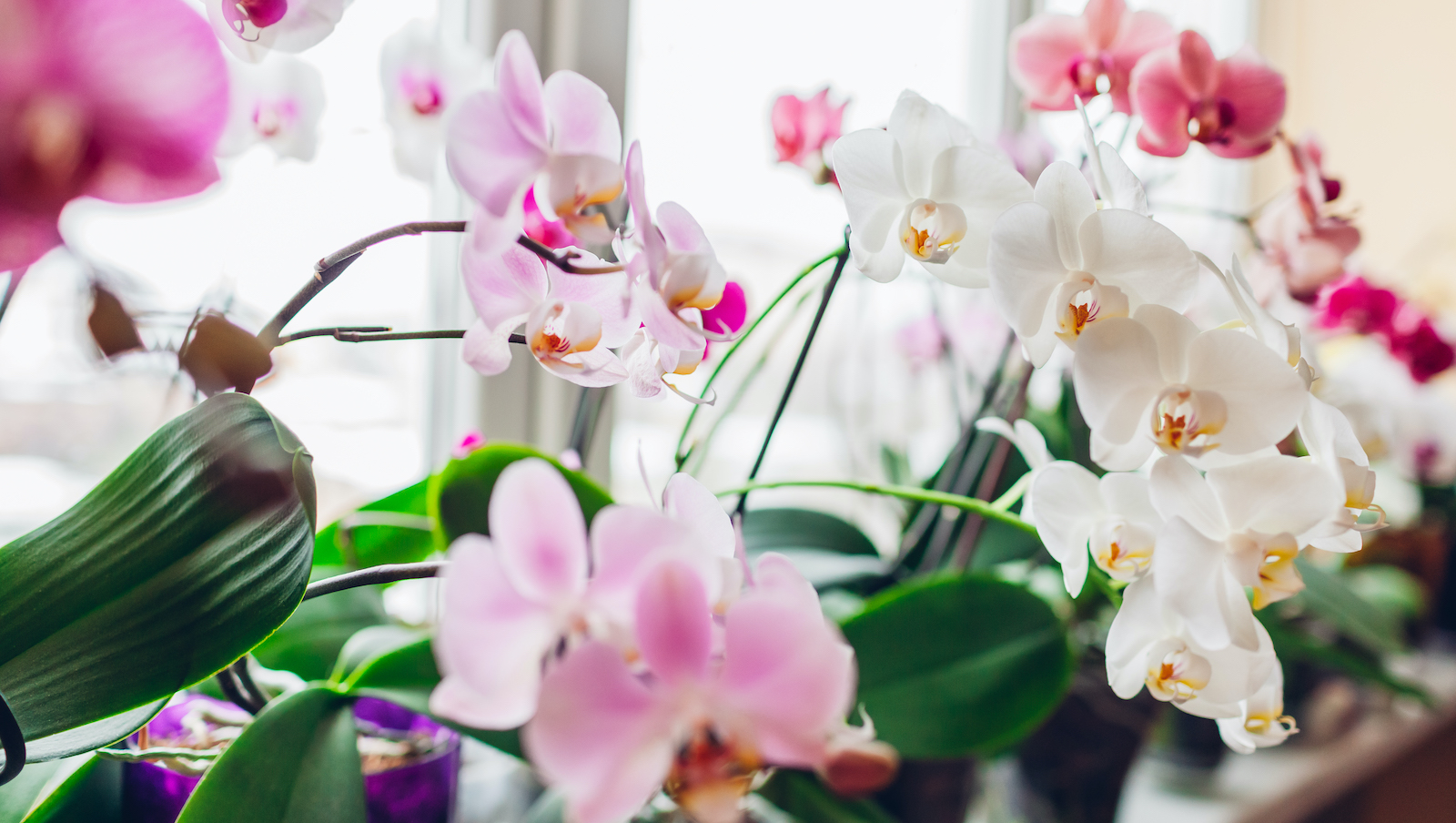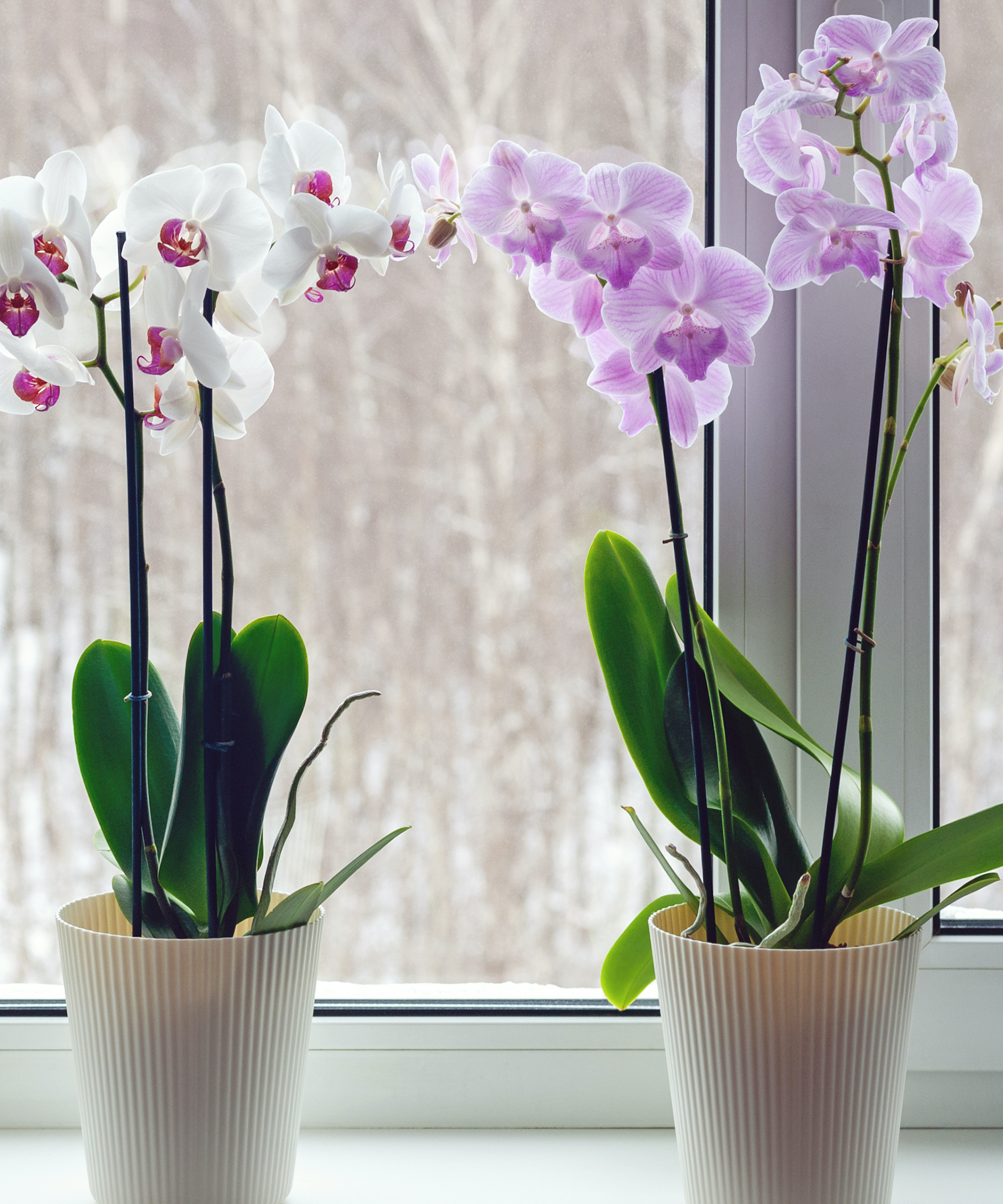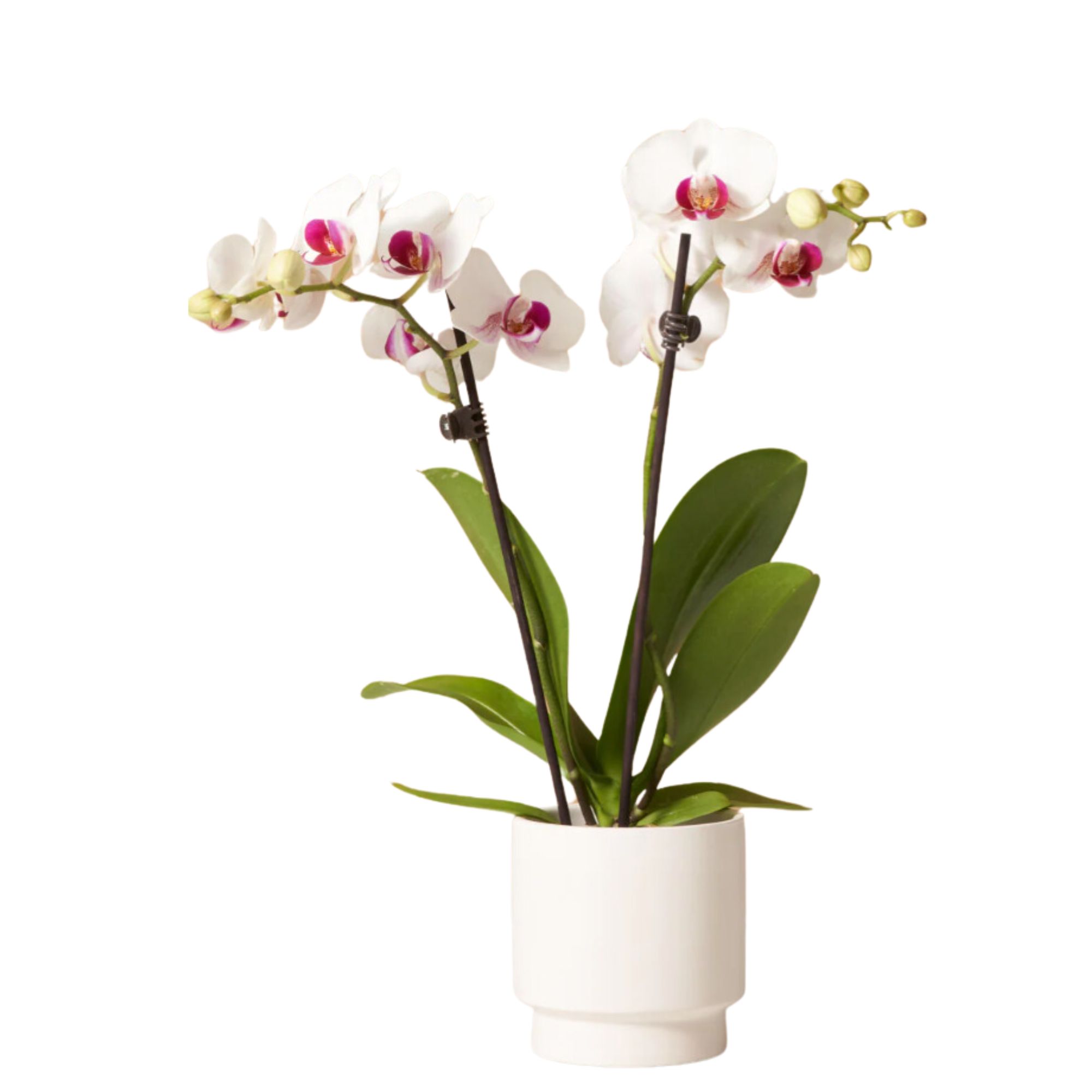How often to water an orchid — plant pros spill on the flower's hydration needs
No need to wonder how often to water an orchid. Our experts have all the details


A plant parent like yourself might be wondering how often to water an orchid, and it's a fair question. Are these gorgeous blooms on the needier end of the hydration spectrum, or should they be watered sparingly?
The irresistible pink petals (a personal favorite) are difficult to resist but orchids can be tricky to care for, with their leaves prone to dropping. However, with our plants experts on hand for H20 tips and more, it'll soon be a breeze.
To keep the flora alive and well, we've asked our green-thumbed pros how these beloved but delicate indoor plants should be treated. We're spilling the tea on their watering needs and other important care tid bits.
We asked the experts how often to water an orchid

When it comes to H20, orchids don't need frequent baths. When you consider how often to water succulents, orchids are on the same playing field.
"Phalaenopsis orchids are the most common orchids grown as houseplants, and you should allow the soil to dry out between waterings," says Paris Lalicata, a community associate and plant education director at The Sill. "If you give an orchid bright light in a window you may see yourself watering it weekly to every 10 days."
When gardening in an apartment, or outdoors, it's important to be vigilant about red flags. They're a plant's way of telling you they could use a sip of something cold.
"Generally, orchids' leaves will start to wrinkle when they are thirsty," Paris adds. "If they go too long without water, flowers will start to drop prematurely, and the leaves can even turn a little bit purple when dehydrated and under bright light conditions."
Get small space home decor ideas, celeb inspiration, DIY tips and more, straight to your inbox!
When caring for houseplants, overwatering is an issue most of us experience.
"Yellowing or dropping leaves can suggest overwatering or inadequate air circulation," says Gene Caballero, co-founder of GreenPal. "Regular fertilization with orchid-specific, water-soluble fertilizer helps maintain their health."
(Speaking of which, TPS Nutrients Orchid Plant Food for All Orchids on Amazon is on sale and received 4.5/5 stars.)
Now that the water situation is under control, there are a few other things to note: keep your orchids in medium-bright indirect light to a few hours of morning direct sun. Try to place them in an east or west window.
"Choose a spot that is also warm, anywhere between 65-75° Fahrenheit and that has higher humidity, preferably a minimum of 30% relative humidity but higher will make them happier," Paris adds.

Paris is a community associate and plant education director at The Sill, which was founded on the notion that plants make us happier, healthier humans. The self-taught expert has over 200 plants in her own collection, so she's the perfect go-to for those who need assistance with their plants.
What to shop

Price: $68
Pot dimensions (in.): 5

Price: $30
Pot dimensions (in.): 3.5

Price: $76
Pot dimensions (in.): 5
Can't get enough plants? We're guilty of the same thing! We've rounded up 12 easy house plants that are low-maintenance, forgiving, wonderfully indestructible, and beautiful additions to your bookshelf wealth.

Pleasure to meet you! I'm Danielle, a content editor at Real Homes who loves scoping out interior trends. I've specialized in lifestyle writing and editing for 10 years with a focus on events, food, and books, among other areas. When I'm not working, I'm usually cooking, reading, or searching for a new project for my apartment.
